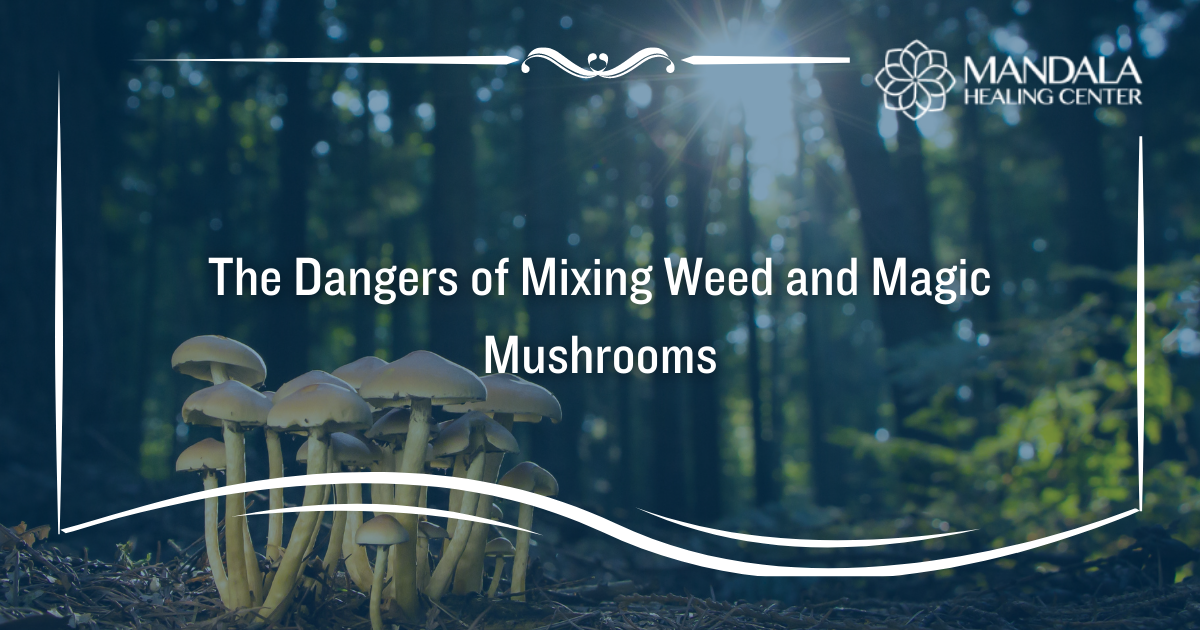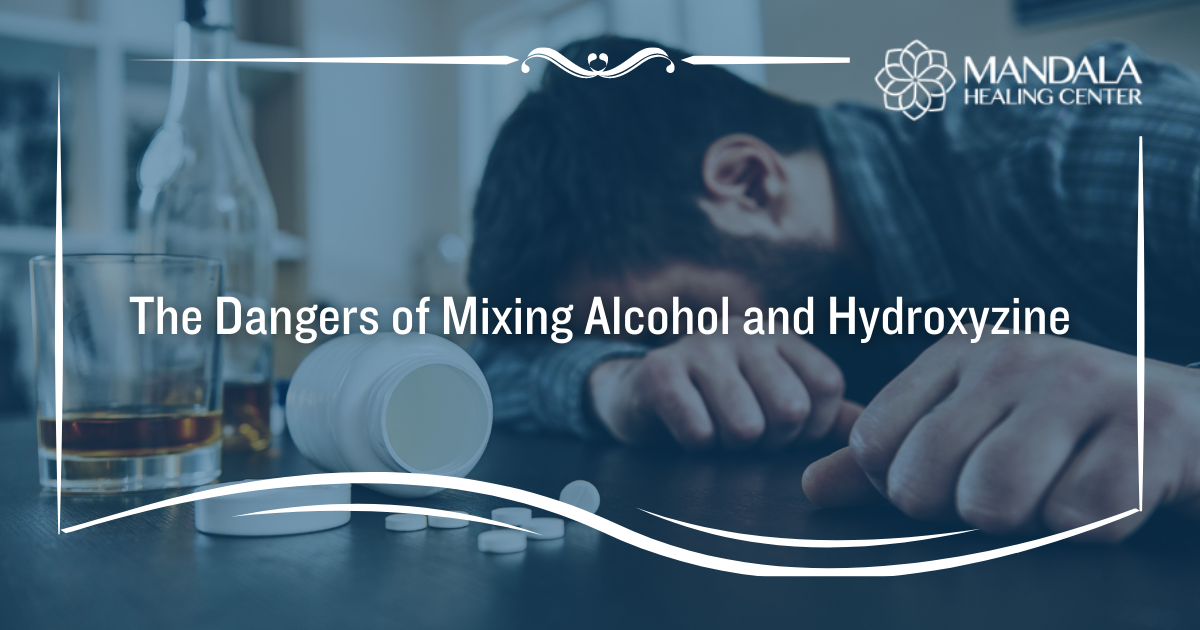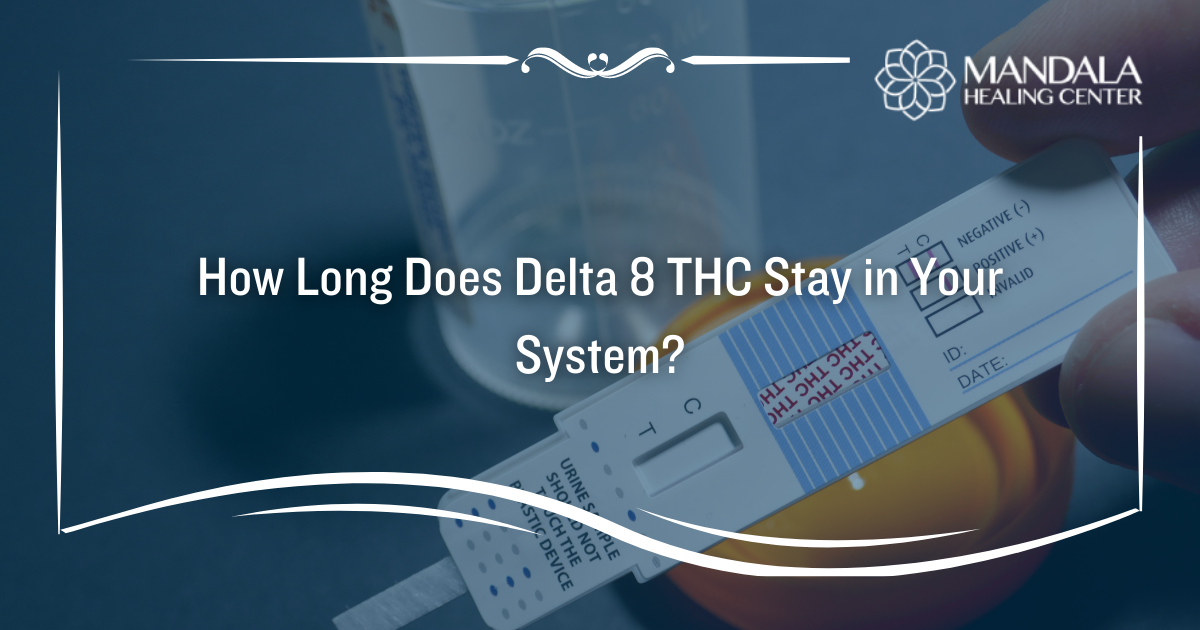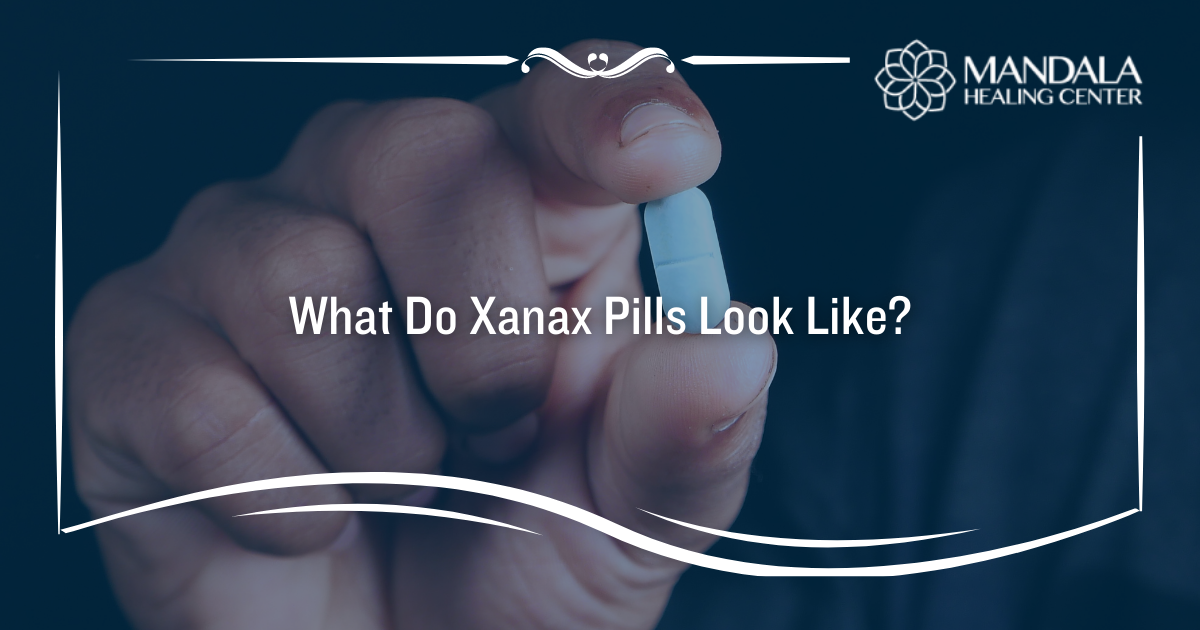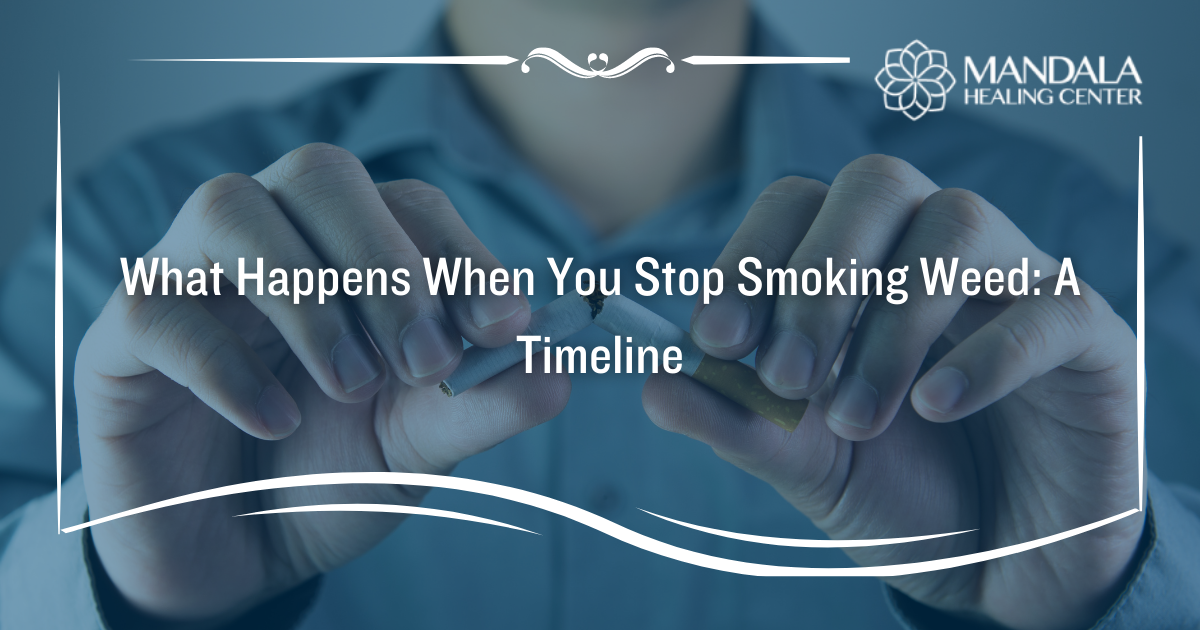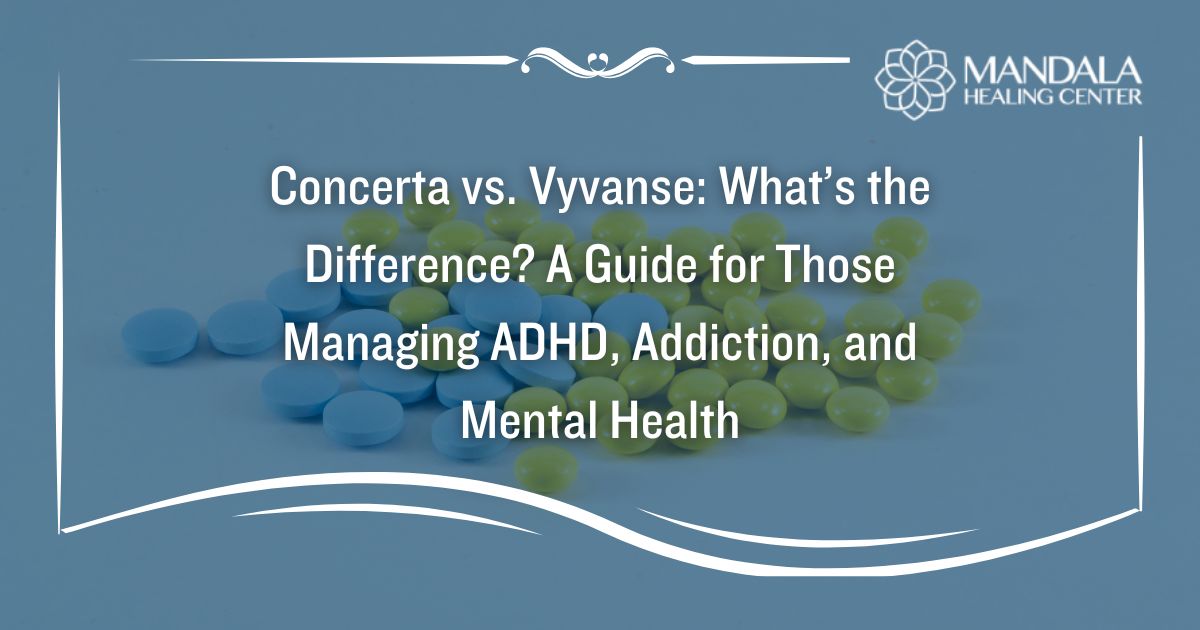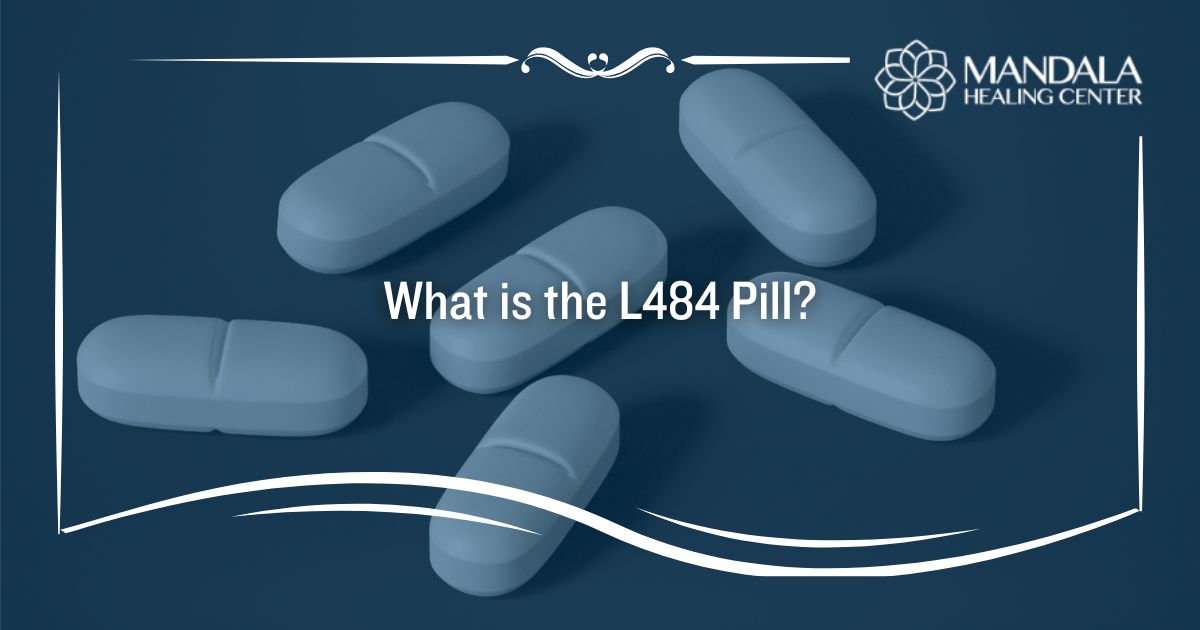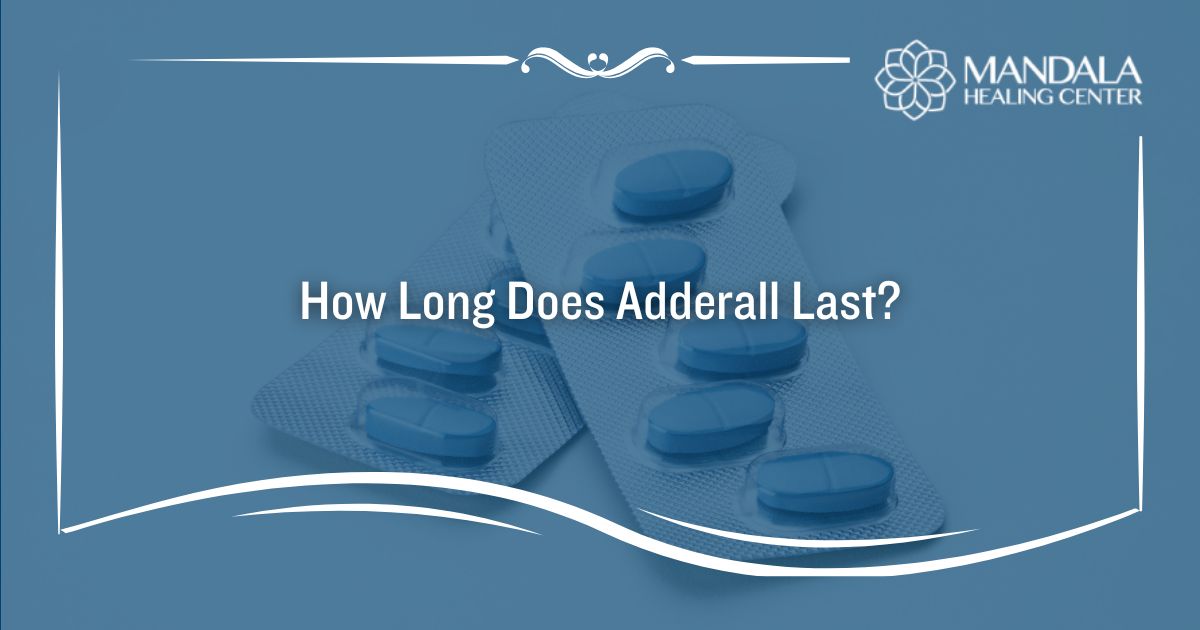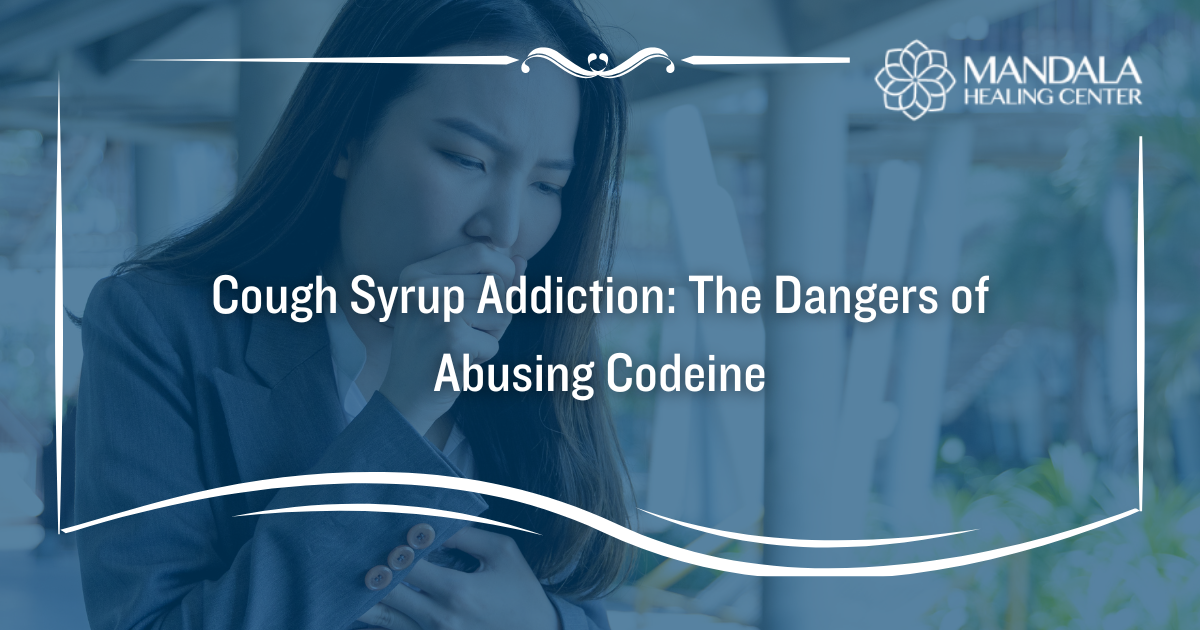Ritalin is the brand name for a prescription stimulant known as methylphenidate.[1] Doctors prescribe it to treat attention-deficit hyperactivity disorder (ADHD) and narcolepsy. It affects the central nervous system by increasing activity and treats ADHD symptoms by lessening impulsivity and heightening focus.
While Ritalin has legitimate medical uses, it is also a known drug of abuse. Long-term misuse of this medication will result in the development of a substance use disorder. If you suffer from Ritalin addiction, you will experience withdrawal symptoms if you suddenly stop abusing it.
Ritalin withdrawal symptoms can vary from person to person but include symptoms like intense cravings, mood swings, sleep disturbances, tremors, and more. Detoxing from Ritalin should always be completed under the medical supervision of a detox center.
The physical symptoms of Ritalin withdrawal can begin within 72 hours of your last dose and continue for up to 3 weeks. If you are being treated in a detox treatment facility, your symptoms will not be as severe and long-term recovery is more likely.
In this article, you will learn:
- What are the symptoms of Ritalin withdrawal
- What is the timeline for Ritalin withdrawal
- How is Ritalin withdrawal treated in a detox treatment center
What are the Symptoms of Ritalin Withdrawal?
If you abuse Ritalin, you might take it in high doses. This puts you at risk of experiencing intense stimulant effects and even a life-threatening overdose. Once you stop abusing Ritalin, you will experience withdrawal symptoms.
The symptoms associated with Ritalin withdrawal include:[2]
- Anxiety and panic attacks
- Intense cravings for Ritalin
- Depression and suicidal thoughts
- Sleep disturbances
- Fatigue
- Irritability and restlessness
- Headaches
- Shaking and tremors
- Vivid dreams or nightmares
- Mood swings
- Loss of appetite
- Movement disorders like dystonia
Most of the symptoms you’ll experience during Ritalin withdrawal are psychological. That being said, that doesn’t mean they aren’t dangerous. Your depression could become so severe that you experience suicidal thoughts.
You should never attempt to detox from Ritalin at home. You need treatment from a medical professional and support from a mental health expert, which is always provided during a detox program.
How Long Does Ritalin Withdrawal Last?
The Ritalin withdrawal timeline can vary from person to person. If you have been abusing Ritalin for years, you might have symptoms for a longer period than someone who was only addicted for a couple of months. Despite this, most people follow a general timeline.
The Ritalin withdrawal timeline is as follows:
72 Hours
It can take up to 72 hours for you to experience the first symptoms of Ritalin withdrawal. If you had been taking high doses of the drug, you might notice symptoms as early as 24 hours after your last dose. The early side effects of Ritalin withdrawal tend to be mild, including irritability, slight anxiety, and cravings.
4 to 7 Days
Sometime between 4 to 7 days after your last dose of Ritalin, your withdrawal symptoms will peak. You must be under the care of an addiction treatment center at this time, as your symptoms will be the most severe. You might experience depression, fatigue, insomnia, intense cravings, tremors, and more.
2 to 3 Weeks
Your symptoms will begin to lessen in the second week of withdrawal. Most physical symptoms will completely subside at this time, leaving you with side effects like depression, anxiety, and insomnia.
While withdrawal is usually over within 3 weeks, some psychological symptoms can linger. This is known as post-acute withdrawal syndrome (PAWS).[3] Thankfully, medical detox centers can offer medications to manage the side effects of PAWS.
How is Ritalin Withdrawal Treated?
When you enter a detox center for Ritalin withdrawal, you will undergo an initial assessment. Addiction specialists will ask you questions about your physical and mental health as well as your history of Ritalin abuse. This information will be used to create a personalized detox plan.
Typically, Ritalin withdrawal is treated using the tapering method.[4] You will be given a lower dose of the drug than you usually use. Over time, this dose will be lowered until you no longer experience withdrawal symptoms.
In addition to tapering you off of Ritalin, nurses will monitor your vital signs regularly. They will check your heart rate, blood pressure, breathing rate, and body temperature. This is done to ensure you remain stable throughout the detox process.
You will also have 24/7 access to mental health professionals. If you experience a mental health emergency, you will be able to receive support no matter the time of day or night. Additionally, you can participate in individual therapy and group counseling sessions.
Get Connected to a Ritalin Detox Center
If you or a loved one suffers from Ritalin addiction, it’s time to start thinking about your treatment options. At the Mandala Healing Center, we offer a comprehensive treatment program that includes medical detox, evidence-based therapies, and relapse prevention planning.
Contact us today to learn more about our highly-rated Ritalin detox program.
References:
- Medline Plus: Methylphenidate
- BMC Psychiatry: Time-dependent affective disturbances in abstinent patients with methylphenidate use disorder
- Science Direct: Identification and Evidence-Based Treatment of Post–Acute Withdrawal Syndrome
- Oxford Academic: Dependence, withdrawal, and rebound of CNS drugs: an update and regulatory considerations for new drugs development



